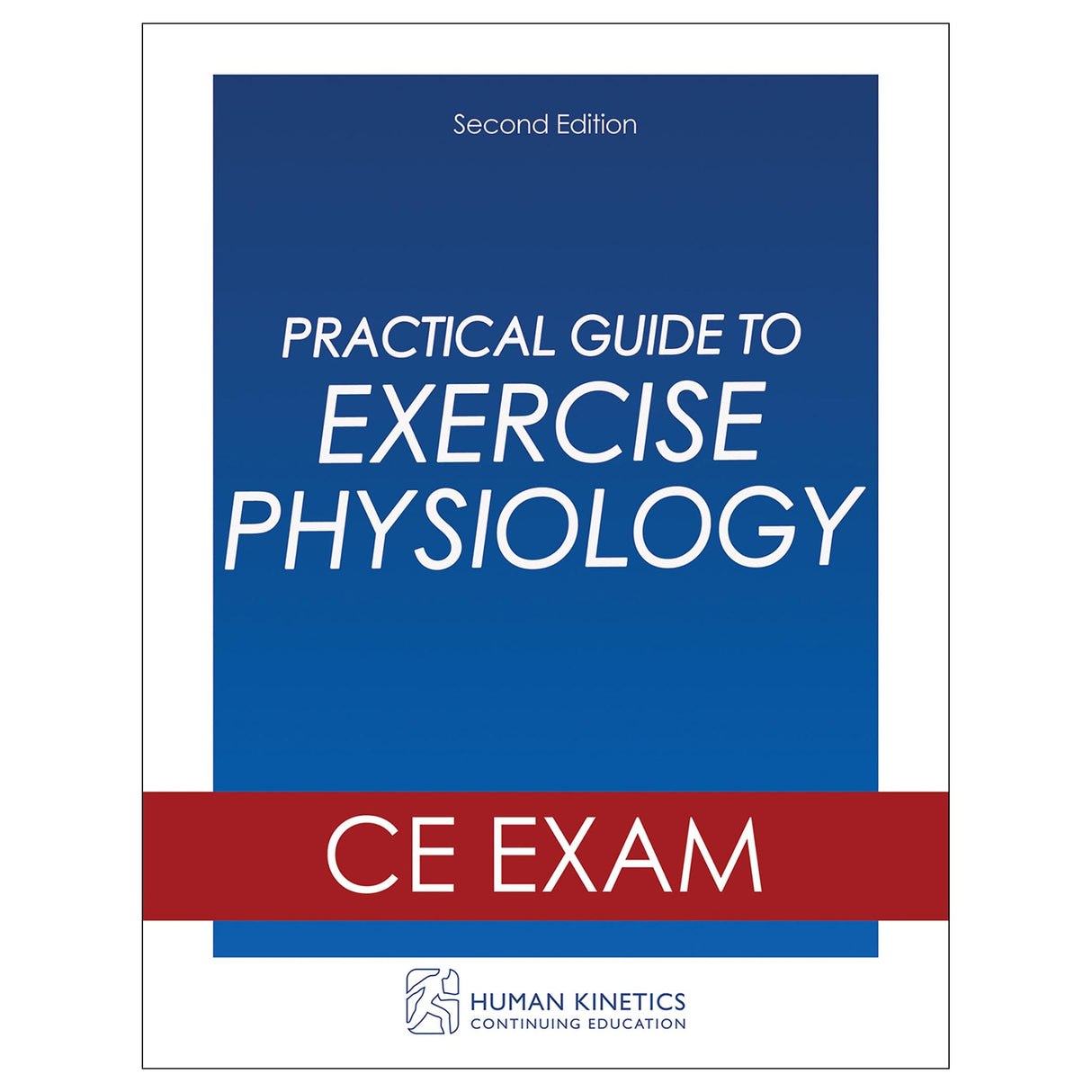Practical Guide to Exercise Physiology 2nd Edition Online CE Exam Without Book
Author: Human Kinetics
$166.95 CAD
Human Kinetics strongly recommends that you complete your exam within the calendar year of your date of purchase to ensure approved credits do not expire for your organization.
Consisting of 100 multiple-choice questions, this continuing education exam is designed to be taken after reading Practical Guide to Exercise Physiology, Second Edition. The exam will test your knowledge of the information presented in the book so you can understand and explain exercise program design on a physiological level for clients of various populations.
Once you pass the exam, you can print a certificate for continuing education credits.
Learning Objectives
- Identify the important structural components of skeletal muscle.
- Describe how a motor unit activates a muscle cell, resulting in a muscle contraction.
- Differentiate between type I and type II muscle fibers.
- Identify the various pathways used in the production of ATP.
- Explain how carbohydrates provide an optimal source for energy in muscle cells.
- Describe the importance of amino acids and vitamins in energy and exercise.
- Explain how CO2 is an important component in oxygen transport.
- Describe energy expenditure and how it relates to exercise.
- Explain the importance of glycogen storage and depletion in terms of exercise demands.
- List the effects of dehydration.
- List the recommendations for hydration.
- Explain the scientific principles that form the framework of a successful training program.
- Explain the physiological adaptations to various training programs.
- Differentiate between strength, power, and endurance.
- Describe each type of muscle contraction.
- Explain why certain sports have a higher energy expenditure than others.
- Define the term female athlete triad.
- Describe the thermal effect of food.
- List different forms of interval training.
- Explain VO2max and how it relates to exercise.
- Explain the upper limit for cardiac output.
- List the most common environmental stressors that affect exercise.
- List the guidelines for training for the pediatric and young adult populations.
- Explain the effects of aging on the body's ability to exercise.





